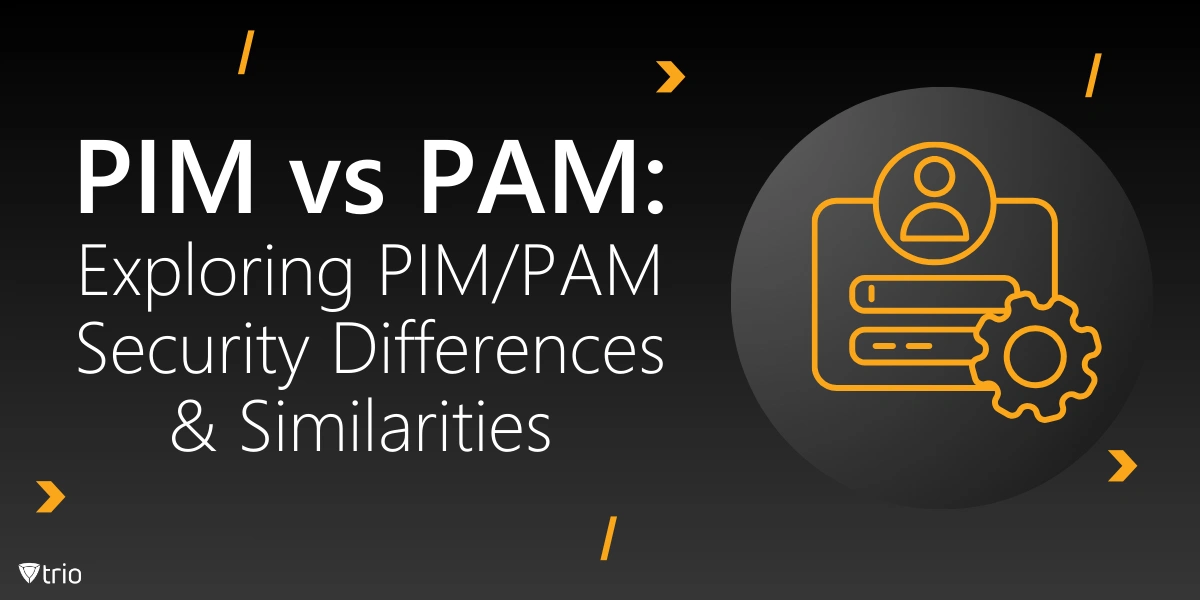Cybersecurity threats are constantly evolving, targeting widely used software and exploiting overlooked vulnerabilities. A recent revelation highlights a critical issue in Google Chrome and other Chromium-based browsers. This involves a drive-by attack that doesn’t require a zero-day exploit, raising concerns about browser security and user awareness.
The Growing Threat of Drive-By Attacks
Cybercriminals are always searching for effective methods to breach systems without investing in expensive exploits. While zero-day vulnerabilities can cost hundreds of thousands of dollars, drive-by attacks offer an alternative that can achieve similar results. This makes them an attractive option for attackers operating with smaller budgets.
Drive-by attacks have existed for years, often taking advantage of weak spots in browser APIs or user interactions. However, recent findings by Imperva researcher Ron Masas reveal new dimensions to these attacks. By exploiting the File System Access API in Chromium-based browsers, attackers can bypass major security measures in both Windows and macOS systems.
What Is the File System Access API?
The File System Access API is designed to allow web applications to interact with a user’s local file system. It provides features such as saving or reading files directly from the browser. While this capability makes web apps more versatile, it also introduces potential security risks. Attackers can manipulate this API to bypass protections built into operating systems.
Masas’s research identified specific ways the API could be used to target macOS users, specifically by exploiting the system’s Gatekeeper feature. Gatekeeper is intended to block the execution of untrusted software. However, the API can sidestep these protections in certain situations.
Exploitation Through the Evil Code Editor
To highlight the risks, Masas developed a proof-of-concept tool called the Evil Code Editor. This malicious web-based integrated development environment (IDE) mimics legitimate browser extensions or applications. It deceives users into granting access. Once permission is granted, attackers can overwrite files and execute harmful code on the host machine.
One critical part of this attack involves the Chrome Helper process. This intermediary between Chrome and its plugins is targeted for modification. By overwriting this process, attackers gain control over system-level operations, leading to a full compromise of the affected device.
Why Is This Vulnerability Significant?
This attack method is particularly troubling because it does not depend on undiscovered vulnerabilities. Instead, it exploits the browser’s native functionality to bypass protections. This approach makes it accessible to a wider range of attackers, from experienced professionals to less skilled individuals.
Another alarming aspect is its potential reach. The vulnerability isn’t limited to Google Chrome—it affects all Chromium-based browsers, including Microsoft Edge and Brave. Given the widespread use of these browsers, the risk extends to a vast number of users.
Key Weaknesses Exploited
Several security flaws contribute to the success of this drive-by attack:
- macOS Gatekeeper Limitations: Gatekeeper prevents untrusted software from executing. However, it does not recheck files executed by another trusted application. This oversight allows Chrome to run malicious code without interference.
- File System Access API Blocklist: Chrome uses a blocklist to restrict file write access. Still, the drag-and-drop feature bypasses these checks, creating an opportunity for attackers to modify important files.
- User Consent Vulnerabilities: The attack relies on users granting write access to files. Many users, unaware of the risks, may unknowingly allow permissions that enable the exploit.
Implications for Security
The implications of this vulnerability are extensive, affecting individuals, businesses, and organizations. It underscores the necessity of better security practices, especially as browsers increasingly interact with operating systems.
For Individuals
For personal users, this vulnerability demonstrates the need for caution when granting permissions to web applications. Being selective and aware of the risks can significantly reduce exposure to threats.
For IT Administrators
Organizations relying on Chromium-based browsers must evaluate and adjust their security protocols. Educating employees about potential risks and enforcing stricter browser permissions policies can help mitigate vulnerabilities.
For Developers
Browser and application developers face a challenge in balancing functionality and security. While APIs like File System Access provide considerable benefits, their design must prioritize safeguards to prevent abuse.
Google’s Response to the Vulnerability
After Ron Masas disclosed the vulnerability, Google acknowledged the issue and began working on a fix. However, according to Masas, the disclosure happened more than ten months ago, and the changes are still pending implementation. Google has stated that they plan to restrict the File System Access API to the Chrome application bundle, which should help mitigate this type of attack. These updates are expected in Chrome version 132.
In the meantime, the delay has left users exposed. While the disclosure may have been well-intentioned, it also means that attackers now have detailed information on how to exploit this weakness. Until the patch is released, users and organizations need to take matters into their own hands to reduce the risk of being targeted.
What Makes This Drive-By Attack Unique?
Drive-by attacks are not new, but this method stands out because it capitalizes on a legitimate browser feature rather than exploiting a bug or a vulnerability. Unlike traditional attacks, which often require complex chains of events to succeed, this approach leverages the File System Access API’s functionality in ways that developers may not have fully anticipated.
Another notable aspect of this method is its reliance on user interaction. By designing malicious tools like the Evil Code Editor to appear trustworthy, attackers can lure users into granting permissions. This puts the onus on the user to make informed decisions—a risky proposition given the general lack of security awareness among many internet users.
Practical Steps to Protect Against This Vulnerability
While waiting for Google’s fix, there are steps that users and organizations can take to minimize their exposure to these attacks. Here’s a breakdown of practical measures:
- Restrict Browser Permissions: Avoid granting file system access to unknown or untrusted web applications. When prompted for permissions, take a moment to verify the legitimacy of the application before proceeding.
- Update Regularly: Ensure that your browser is always running the latest version. While this particular vulnerability has yet to be patched, staying updated can protect against other potential threats.
- Use Security Extensions: Consider using browser extensions designed to block malicious activity, such as those that monitor permissions or prevent file system access requests altogether.
- Educate Users: Whether at home or in an organizational setting, education is key. Teach users to recognize suspicious behavior in web applications and to question permission requests that seem unnecessary or out of place.
Sandbox Browsers Where Possible: For organizations, running browsers in isolated environments can add an extra layer of protection. Even if an attack succeeds, it will be confined to the sandbox, limiting its potential damage.
Broader Lessons for Browser Security
The discovery of this attack highlights a broader trend in how browsers are evolving. Modern browsers are becoming increasingly powerful, offering capabilities that rival traditional desktop applications. While this opens the door to innovation, it also creates new challenges for security.
This case underscores the importance of scrutinizing new browser features before they are widely adopted. Developers must consider how features might be misused, even if their intended purpose seems harmless. Additionally, vendors must act quickly to address vulnerabilities when they are identified. The extended timeline between disclosure and mitigation in this case demonstrates the risks of delays.
A Closer Look at User Behavior
A crucial factor in this attack’s success is its reliance on user behavior. Social engineering tactics—such as designing tools to appear legitimate—play a significant role in convincing users to grant the required permissions. This reveals a weakness in how people interact with technology: many users lack the knowledge or training to identify potential threats. This is underscored by a recent survey indicating that 56% of Americans often agree to privacy policies without reading them.
For instance, consider the drag-and-drop method that bypasses Chrome’s blocklist. Most users would not suspect that this seemingly innocuous action could have serious security implications. Similarly, the way Gatekeeper checks files only when they are executed directly creates a loophole that attackers can exploit with minimal effort.
To address this, browser developers and operating system vendors need to design interfaces that guide users more effectively. For example, clearer warnings and contextual information about permission requests could help users make better decisions. At the same time, developers should work to minimize reliance on user judgment by building stronger, automatic safeguards.
The Role of Organizations in Mitigating Risk
For organizations, this vulnerability serves as a reminder of the importance of robust security policies. Companies that rely heavily on web applications must implement strategies to protect their employees and infrastructure from browser-based threats.
One effective approach is to enforce stricter permissions settings across all company devices. By using mobile device management (MDM) or similar tools, IT administrators can control how browsers interact with the file system and limit access to potentially risky features.
Additionally, organizations should invest in ongoing training programs that focus on cybersecurity awareness. Employees are often the first line of defense against attacks, and equipping them with the knowledge to recognize threats can make a significant difference.
Looking Ahead: The Future of Browser Security
As technology continues to advance, browsers will remain a critical point of interaction between users and the internet. This makes them a prime target for attackers, who will undoubtedly continue to search for innovative ways to exploit them.
To stay ahead of these threats, browser vendors need to adopt a more proactive approach to security. This includes not only responding to vulnerabilities but also anticipating how new features might be misused. Collaboration between researchers, developers, and security experts will be essential to achieving this goal.
At the same time, users must take an active role in protecting themselves. While software vendors bear much of the responsibility, individuals and organizations must remain vigilant and informed about the risks they face.
The Importance of Timely Action
The timeline of this vulnerability—from disclosure to eventual patching—raises critical questions about how quickly vendors should respond to security issues. While transparency is important, disclosing a vulnerability without an immediate solution can create opportunities for exploitation.
For researchers, it is crucial to work closely with vendors to ensure that vulnerabilities are addressed promptly. For vendors, prioritizing security updates over new features can help build trust with users and reduce the likelihood of attacks.
Conclusion
The discovery of a drive-by attack method that bypasses zero-day exploits marks a significant moment in browser security. It underscores the evolving techniques attackers use and the challenges faced by vendors in keeping users safe. While Google works to address the specific vulnerability in Chrome, users and organizations have a responsibility to stay informed, vigilant, and proactive in their security practices.
This incident serves as a reminder that every technological advance brings new risks, but with careful planning and collaboration, these risks can be managed effectively. By fostering a culture of security awareness and prioritizing robust protections, the broader tech ecosystem can work together to stay ahead of emerging threats.
Know about news
in your inbox
Our newsletter is the perfect way to stay informed about the latest updates,
features, and news related to our mobile device management software.
Subscribe today to stay in the know and get the most out of your mobile
devices with our MDM solution app.
Recent Posts

New Google Chrome Warning As ‘No 0-Day’ Drive-By Cyber Attack Confirmed
A newly discovered vulnerability in Google Chrome’s File System Access API enables drive-by attacks without zero-day exploits, compromising user security.

A Complete Guide to Implementing IT Security for Schools
Learn how you can strengthen IT security for schools with best practices, real-world examples, and effective solutions.

Digital Literacy in Education: Its Importance & Strategies
This complete guide explores the importance of digital literacy in education and strategies for fostering these critical skills in both students and teachers.




